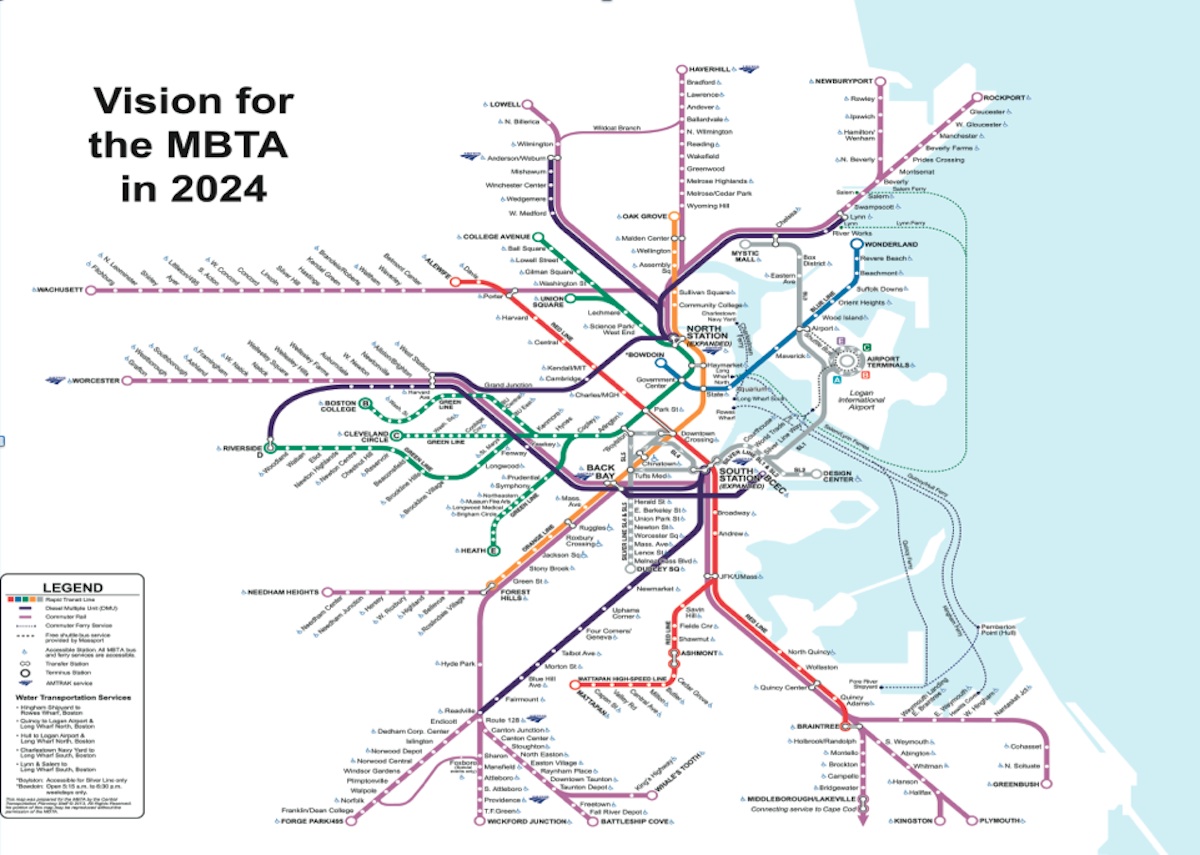ulrichomega
Active Member
- Joined
- Oct 9, 2017
- Messages
- 244
- Reaction score
- 302
I'm hoping that service to Foxboro returns once Franklin Line double track phase 3 is completed, as the 2019 Foxboro pilot messed with the Franklin Line OTP way too much.
God, I remember that. I was late to work for three weeks straight before they finally got things under control.
I know it's slightly on the side of crazy (because it involves pouring concrete), but I'd love to see service return, and even extended down to Mansfield. Construct an additional platform (perhaps alongside the planned-but-never-going-to-actually-happen quad-tracking of the NEC) that could even just stub-end at the station and serve downtown Mansfield better. Maybe even combine it with a parking garage and actual use of all that parking lot area, extend the common, etc. I'd say deck over 106 to let the station actually connect to downtown, but we all know how those sorts of projects end up going.
I'd also suggest adding new stations along the route, such as downtown Foxborough, a new stop in the powerline RoW south of Walpole station to serve the residential area there, or a new park and ride where it crosses 95 (no new exit, just in that vacant lot next to what Google Maps calls Foxboro Highway Department) with a new road from Central/Commercial St. There's a few opportunities for nearby TOD, and there isn't a great Park and Ride that close by. However, this is Foxborough, and my understanding is that the town is... reticent to allow anything of the sort, so that's probably a no-go.
We're drifting even further into Crazy here, but it seems like it should be possible to tri-track the Fairmount RoW in at least a few places for a central passing siding for express trains to bypass locals. Seems like that would allow even greater service on the outer ends of a combined Franklin/Foxborough/Fairmount line. The "F-Line", as it were.

